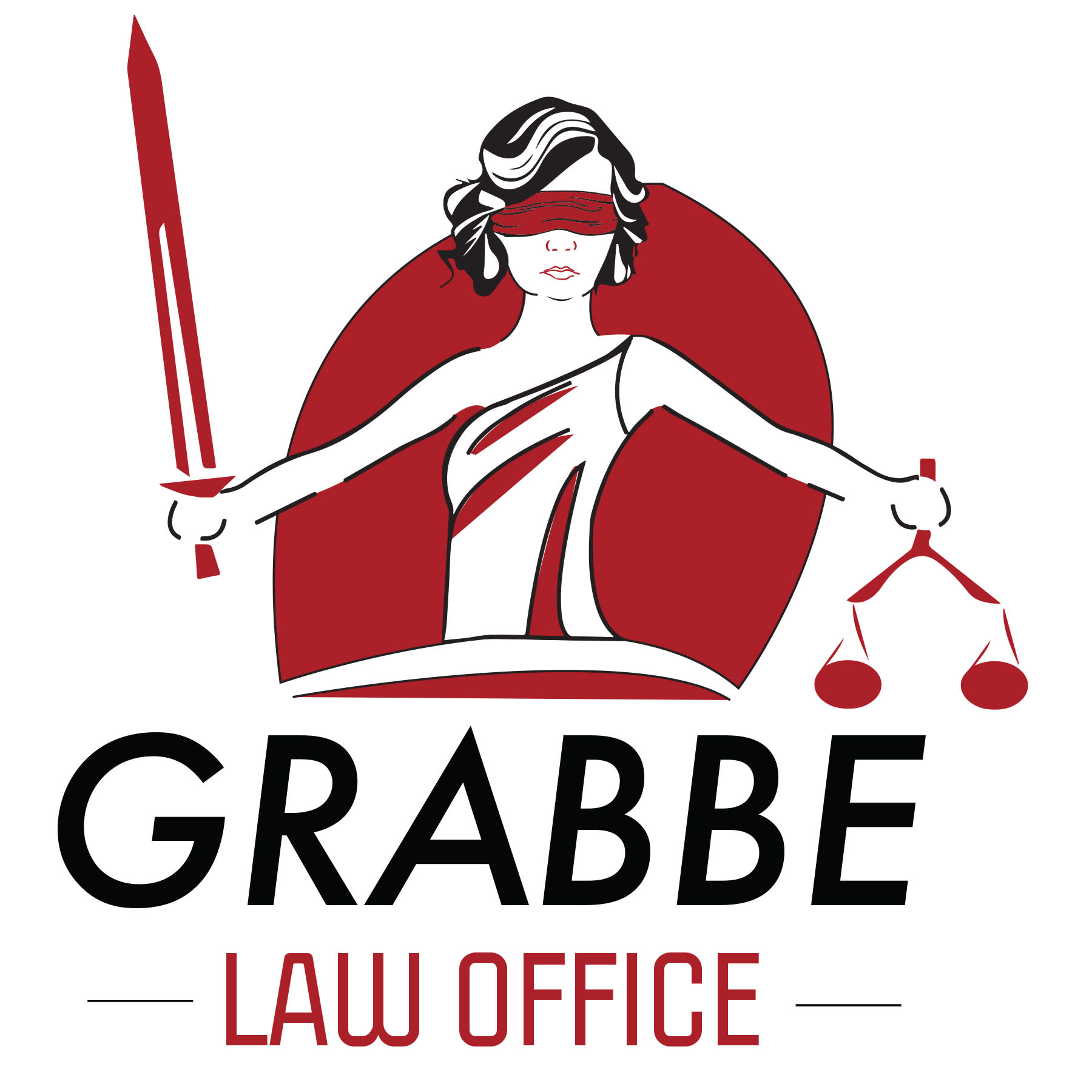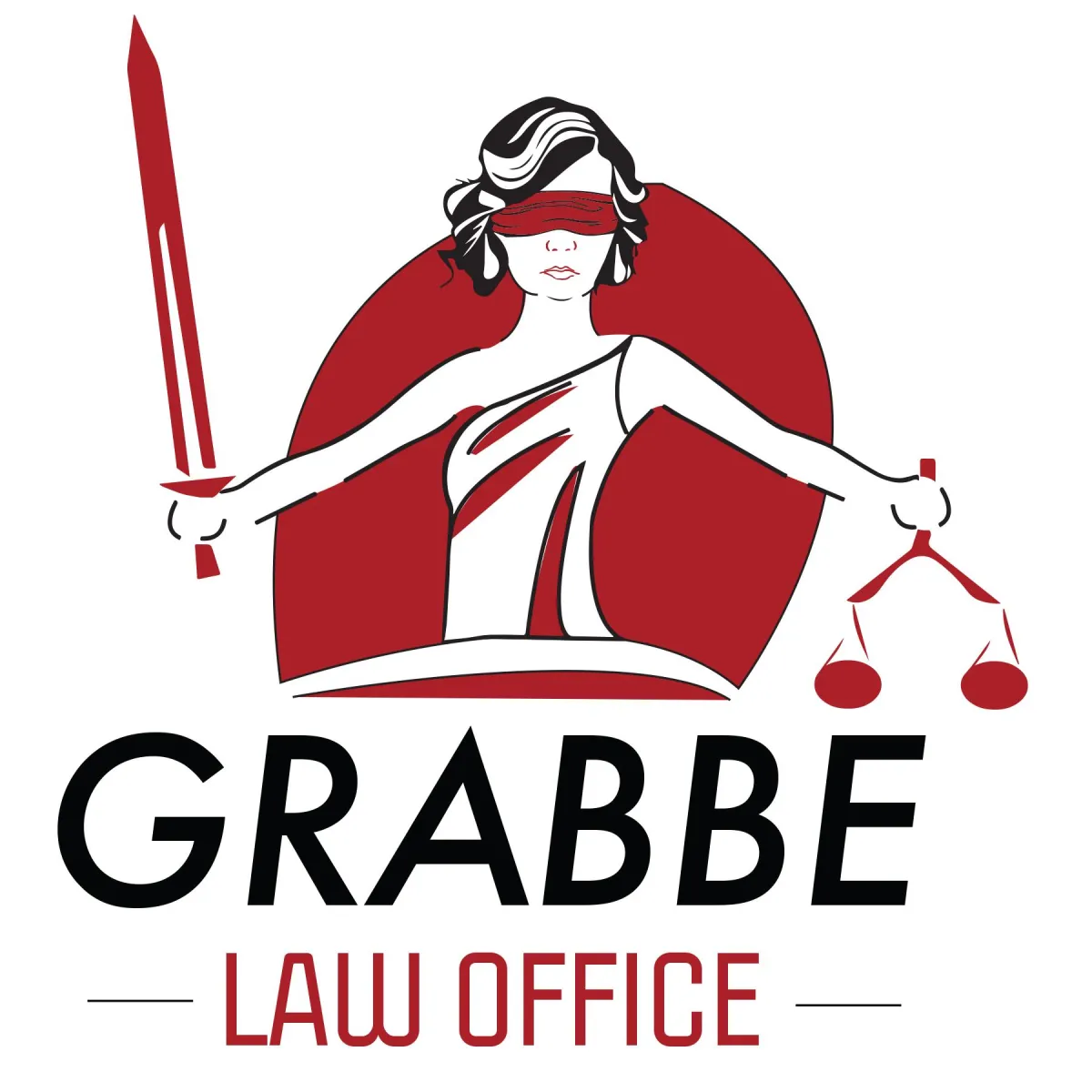THANK YOU
for submitting your form!
We will be in touch with you soon with your next steps.
In the meantime, follow us on social media
or check out our blog posts.

Applying For A Trademark: Who Should Own The Application, An Individual Or A Company?
The process and requirements involved in applying for a trademark can be confusing for those without experience. However, understanding the guidelines and following the necessary steps is vital for approval. Accurately identifying the trademark’s legal owner and naming that individual or entity in the application documents can raise a number of surprisingly technical questions, as both individuals and business entities may be listed as the legal owners of intellectual property such as trademarks. Misidentification here can make it impossible to amend any errors in the application, and the United States Patent and Trademark Office may void the request. To learn more about applying for a trademark, click here to schedule a free 15-minute consultation with an experienced lawyer in Hays, Kansas at Grabbe Law Office.
Choosing the Correct Trademark Applicant
The applicant listed on the submission materials must be the owner and whoever is selling the products or services under the mark. The owner of the trademark is generally the person or entity displaying the symbol or mark for the sale of their services or goods; in most cases, in other words, the trademark will belong to the individual or entity who owns the goods or provides the services identified by the mark.
The owner of the trademark is generally the person or entity displaying the symbol or mark for the sale of their services or goods; in most cases, in other words, the trademark will belong to the individual or entity who owns the goods or provides the services identified by the mark. This is true even when the owner of the mark –– and the provider of services or seller of goods distinguished with the trademark –– may not be the party responsible for filling and filing the application. When a company is a party with ownership selling services or goods, the entity must be the applicant submitting the application for trademark protection. When more than one person works for the business and uses the symbol, listing the company as the applicant is the best practice. A seasoned attorney in Kansas at Grabbe Law Office can help the owner throughout the process of applying for a trademark and ensure compliance with the rules and regulations.
Requirements for Listing the Trademark Owner
Each application for trademark registration must correctly name the owner of the trademark. This owner may be an individual or company, depending on the circumstances of trademark ownership. Owners may be individuals, partnerships, limited liability companies, corporations, or associations. Business structures in which a few individuals share personal ownership of a business, including its intellectual property assets, can present opportunities for confusion. However, naming the proper owner is crucial, as failure to identify the owner correctly will jeopardize the validity of the application.
Can I File My Own Trademark Application?
Individuals who own trademarks in their own names can submit applications to register those trademarks on their behalf. However, an entrepreneur who has created an LLC or other entity for their business may wish to check first whether they, or their business entity, is the legal owner of the trademark.
How To File for Joint Ownership in a Trademark
To file an application to register a jointly owned trademark, the applicants must list all owners on the form and provide addresses for each. They can specify additional owners by inputting "and" between the names of the separate owners.
Applying for a Trademark in Business Name
Particular advantages are available to those listing a business name as the trademark owner when applying for approval and protection. Some of thees include:
● Simple verification of trademark ownership by establishing the use of the mark for packaging and marketing material
● Trademark ownership by an entity simplifies the transfer of intellectual property rights should the business owners choose to sell
● Increases the value of the business
Trademark Owner Intent To Use
Entrepreneurs commonly wish to get the trademark application started before the business is open for operation. In some cases, they may even wish to initiate the application for trademark registration before they have put the mark into active use in commerce. In those situations, there is a special process called an Intent-to-Use trademark application. The individual can apply under their legal name, or the legal name of the business entity to which the trademark will belong, if they plan to use the trademark for services or products within three to four years. The intent-to-use procedure allows businesses to reserve the symbol or logo for future use by the company, giving them priority over other applicants applying for trademark protection using the same or similar marks.
Trademark User Roles
Trademark user roles serve to verify that the person or entity filing for a trademark has the legal authorization to make the request. Per the guidance of the United States Patent and Trademark Office, the available user roles include the following:
● Trademark owners and officers with the authority to “legally bind the owner” (generally, individuals within a company who would have the right to sign a contract on behalf of the business) have the legal right to file applications for registration or appoint an attorney to handle the application process on their behalf.
● Licensed attorneys in the United States or support staff they sponsor to handle duties on their behalf are authorized to file the documents necessary for the requests.
Selecting the proper user role during the submission process is crucial for avoiding violations and unnecessary delays, some of which could entail starting the procedure over from the beginning.
The Importance of Naming the Correct Owner
Federal laws restrict the filing process for applications to register trademarks to trademark owners and attorneys who are authorized to practice law before the USPTO. According to 37 Code of Federal Regulations § 2.71(d), when individuals who do not meet the federal criteria for a legitimate applicant complete and submit the application form for registering a trademark to the United States Patent and Trademark Office, they automatically void the application. Therefore, determining ownership before applying is crucial. The USPTO will review the following information to determine legal ownership of the mark when there are questions or if disputes arise:
● The name and trademark appearing on advertising and packaging
● Who controls and maintains the quality of products showing the mark
● Public opinion of whom the trademark represents and the source of the products
● The party that made the most significant investment into marketing for promotion and advertising
Once approved, the trademark owner has exclusive rights and protection under federal law to use the symbol or mark in relation to the goods or services listed in the application.
Schedule To Meet an Experienced Trademark Attorney in Kansas Today
Knowing the legal requirements to apply for trademark protection, including the party to list as owner, is crucial for receiving approval from the federal government. While submitting the application as an individual may provide the most advantages for some, applying with multiple owners or as a business may be the most beneficial for others. Therefore, understanding all your options is essential. Schedule your free 15-minute consultation with an experienced lawyer at Grabbe Law Office by following the link for questions and help with applying for a trademark.








